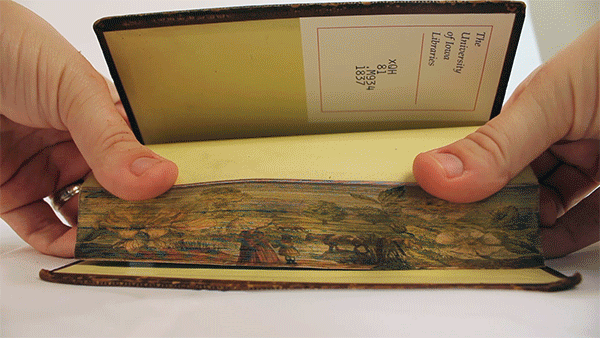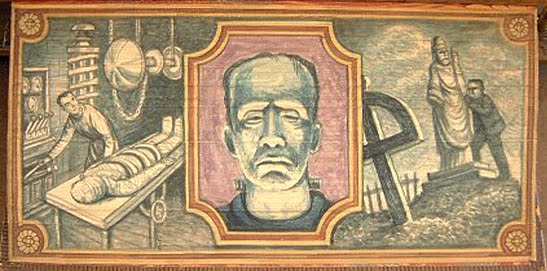We are all aware that social media plays a key role in marketing and business communications. Through growing up in a generation where everything was discussed online, whether it be homework, love interests or music, it was evident that online social networking had provided the general public with an opportunity to reinvent themselves entirely from behind a computer screen. The new quick and easy method of converting through an instant messenger, uploading photos and finding out information, without having to visit the local library, was revolutionary. Everything became easier. People could communicate with each other from anywhere in the world – and from this, millions of potential customers became accessible.
In the field of events, this created a huge opportunity. The old marketing techniques of sending out press releases and contacting local media was no longer the key to boost your attendants. People were relying on social sites to gain feedback from others in order to consider attending an event. Therefore, once your target audience had been identified, all you had to do is go to the sites where they would typically visit for information – and promote.
Social media had provided the public with a platform to create potential connections before, during and after an event had taken place. It had given potential attendants the opportunity to network, share topics and join discussions, giving the event organizer the chance to monitor these interests and create relevant content in order to involve their audience.
Why did I choose to talk about events marketing? Because I had seen living proof of the importance of social media after I managed an event myself.
Before I took the Search and Social Media Marketing Professional course, I had graduated from my Music Journalism degree at The University of Huddersfield this year. During my time studying, I had gained experience in various roles outside of university i.e. I had volunteered at an LGBT radio station and worked on a programme of my own, I had written countless music articles and reviews for websites and I had worked as a volunteer Press Officer for an independent record label for almost a year. Sitting in a cold, stone-walled office writing press releases in a leaky old building covered in graffiti near Great Ancoats once a week, dealing with stroppy musicians with no direction, and sorting out drunken old rockers who refuse to pay the entry fee on gig nights, I can honestly say – it was fun while it lasted.
However, during my time working for the label, to mark their two year anniversary I managed and organized an event in the Huddersfield area with a fellow peer from university. During the marketing stage of the event, I managed the Facebook and Twitter accounts to give potential attendants the opportunity to invite others and network with each other, while I would continuously post content and updates relevant to the event. Through this, we were acknowledged by students who blogged about it, and published it in the student newspaper. Then word reached the Huddersfield Examiner who wrote an article about the event. During this time, we also had the musicians and record label promoting the event through other websites and social platforms; therefore, through all of the promotion we generated online, we managed to fill the venue to the brim with attendants. Although the venue was facing the university and fairly popular, the staff informed us that they had never seen it so busy in their time of being open. In the end, it had worked wonders for our sales and we had made a fantastic profit – accomplished entirely through the use of social media and online marketing.
I began working for Salford Professional Development as a Marketing Officer in August. Since I began working for SPD, I focused my attention to the social media platforms immediately and brought up the Likes, Connections and Followers noticeably in a short period of time.
I was also managing the social media for the Salford Media Festival, and through continuously posting and tweeting updates and news, we were generating more interest, supporters and even some ticket sales through Twitter and LinkedIn. I took advice from a social media expert and ran a campaign to give away two free tickets to the festival in exchange for Follows and Retweets on Twitter, in just two weeks we gained up to 200 more Followers and, as predicted, people were Retweeting like no tomorrow. An important rule in marketing – people love free stuff! In conjunction with this, we paid for a temporary Facebook advert, which almost doubled our current Likes in just 3 weeks of being live – this gave us a good head start to build Likes. Through continuously posting news and updates on social media, we began to see the traffic coming through to our websites on Google Analytics. Approximately 6% of our click rate traffic for the Salford Media Festival website was referred from social media, namely Facebook and LinkedIn. It doesn’t seem much, but it makes a visible difference. Interestingly, although the most visible activity and interaction we receive is through Twitter, there wasn’t any noticeable traffic coming from this platform, as followers preferred to Retweet, rather than explore links. I would advise to keep Twitter for interacting with your audience in simple ways – by using Retweets and hashtags – as Twitter users like to keep things straightforward, but ensure your content on Facebook and LinkedIn is appealing and engaging enough to generate clicks to your website links.
In Events Marketing, it is vital to share, post and tweet continuously and consistently. Generating excitement and anticipation towards the lead up to an event is important. Link building and contacting relevant websites to help with the promotion is also a good way of branching out and reaching a wider audience, as it generates more interest and response. We offered various media-based websites discount codes off ticket prices to promote to their members for Salford Media Festival, which proved successful for our revenue.
I chose to attend the Search and Social Media Professional course so that I could develop in the area of online marketing and social media enough for the company to see a real difference from the marketing generated by myself. I didn’t have experience in Search Engine Optimization, therefore the SSMM course seemed like the perfect opportunity to progress and put some new skills into practice.
I took the course simply because, although I entered my teenage years during the explosion of online interaction, SEO and social media marketing are completely different notions. They involve technical strategies and consumer awareness, rather than just socializing and sharing. In order to reach business success, there’s more that needs to be considered when marketing in the virtual world.
Overall, the course has taught me how to build links effectively, how to engage your audience through social media content and create effective campaigns, how to make use of keywords, how to use Webmaster Tools to keep up to date on your click through rates and what interests your audience, and to make use of all social media platforms to create brand awareness. I intend to integrate all of these tactics into my work.
In today’s digital world of sharing and networking, marketing your services online can take The Water-Cooler Effect [or Word of Mouth Marketing], to a powerful new level. Campaigns can go viral overnight. The key is to think outside the box, identify with your audience and research their needs, and never underestimate human emotion. The recent Christmas ad campaigns by John Lewis and Sainsburys will tell you that.
I already have many plans and ideas for SPD, through taking the course, in order to create brand awareness and generate more sales, and I hope to continue my progression in the field of Online Marketing, using the experience and knowledge I have gained –hopefully accomplishing some noticeable results.


























